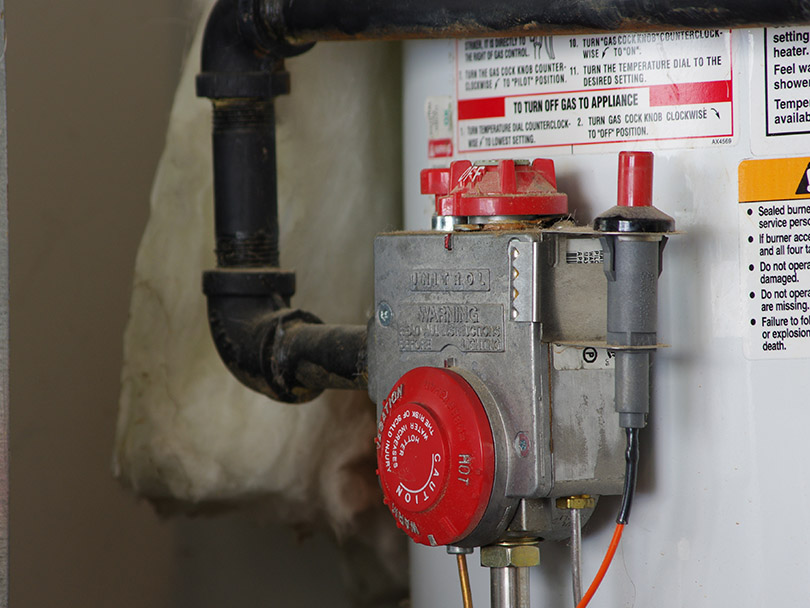By Pat Keegan and Brad Thiessen
In difficult times like these, it’s more important than ever to ensure the money we spend yields the results we need. To make your manufactured home more energy efficient, give one of these tips a shot. It’s worth noting that some of these suggestions are quick, easy and cheap, but some may require more money than you want to spend. Choose the approach that works best for your home and budget.
1. Furnace
It doesn’t cost anything to lower the temperature on your thermostat in the winter. Make sure to clean or replace the furnace air filter as often as recommended. Manufactured homes that are heated with an electric or propane furnace can likely reap dramatic savings on heating costs by installing a heat pump. Ductless heat pumps are efficient and eliminate the problem of leaky furnace ducts. If you don’t have the budget to make this an out-of-pocket investment now, you may qualify for a loan. It’s quite possible that your energy savings would cover the loan payment.
Insulating the first several feet of the hot water pipe where it leaves the tank is an energy saver. Photo credit: Marcela Gara, Resource Media, EE Image Database
2. Water Heater
It costs a lot to heat water. One simple way to lower that amount is to lower the water heater’s thermostat. Make sure it’s set to medium: between 120 and 140 degrees. Energy efficient showerheads can also save energy. Some showerheads are equipped with a button or valve that allows you to reduce or stop the flow while you lather up.
Another fairly simple fix is to insulate the first several feet of the hot water pipe where it exits the tank. If there is room around your water heater, you could also wrap the tank with an insulation jacket, which can be purchased from a home supply store for about $20. If the water heater uses gas or propane, be careful not to restrict the air needed for combustion or install insulation too close to the exhaust flue.
3. Ducts
Leaky furnace ducts are often a major source of energy loss. A simple first step is to make sure all supply and return registers are open and not covered by furniture or rugs. Closed registers can really take a toll on a heating and cooling system. You could also save energy by sealing the ducts at the floor registers. The biggest leaks, however, are likely under your manufactured home and could require the services of a contractor to locate and seal. Check with your local electric co-op to see if they can recommend local contractors who can provide this service.
A window A/C unit provides comfort in the summer, but can be a major source of air leaks and heat transfer, even with the side panels extended. Photo Credit: Inga Munsinger Cotton
4. Windows and Doors
That window A/C unit that kept you cool all summer can be a major source of heat loss in the winter. Before the cold hits, cover it up. Better yet, remove it during winter months. Another fairly easy way to cut down on energy loss is to install window insulation kits –– these are plastic, disposable sheets that are stretched over windows and held in place with double-sided tape. Thick curtains can also do a remarkable job at cutting drafts and adding insulation around a window. The final and most involved step is to fill cracks and holes in walls and around windows and doors with caulk, filler and/or expanding foam.
5. Floors
Cold floors can be costly and uncomfortable. The easiest solution is to lay down area rugs for additional warmth. But to really get the floor comfortable, you may have to venture into the crawlspace and insulate the floor or skirting. If you’re not sure how to do this, there are several video tutorials available online.
With these simple steps, you can look forward to a cozier and less-costly winter.
This column was co-written by Pat Keegan and Brad Thiessen of Collaborative Efficiency. For more information on winterizing your manufactured home, please visit www.collaborativeefficiency.com/energytips.

